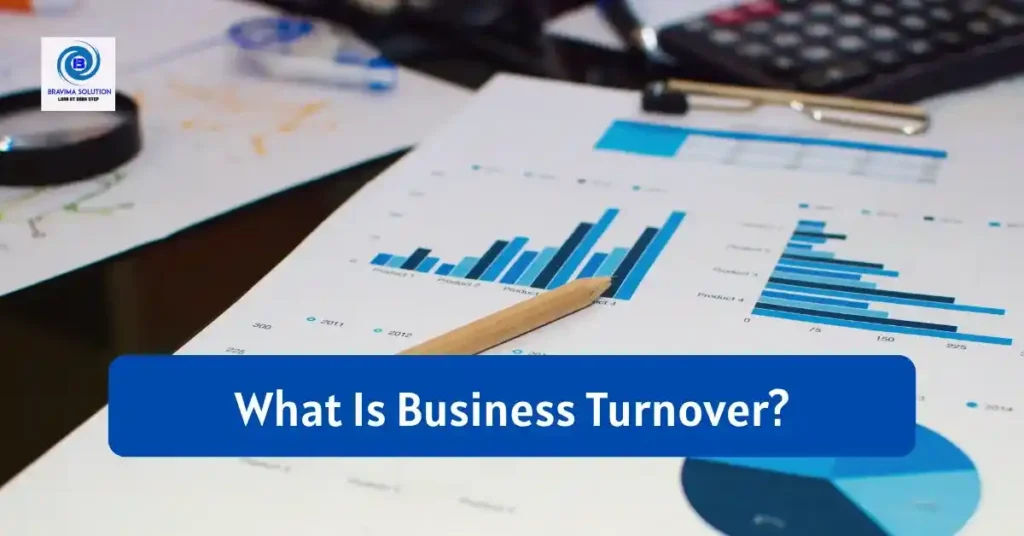
A business plan is not just a document — it’s your roadmap to success and the key to unlocking funding from banks and NBFCs. Whether you’re applying for a startup loan, expanding your operations, or seeking working capital, lenders in India — especially Non-Banking Financial Companies (NBFCs) — will want to see a clear, detailed, and well-thought-out business plan before releasing any funds.
At Bravima Solution Pvt Ltd, we specialize in connecting entrepreneurs with the right NBFCs to secure business loans, and we’ve seen firsthand how a strong business plan makes all the difference.
Why Do Lenders Ask for a Business Plan?
Lenders assess risk before issuing any loan. A business plan helps them:
- Understand your business model
- Gauge the profitability and sustainability of your idea
- Assess your repayment ability
- Validate your market research
- Determine how funds will be utilized
For NBFCs, a business plan is critical in evaluating whether your company has the potential to generate enough income to repay the loan within the tenure.
Key Elements of a Business Plan That Impress Lenders
If you’re looking to secure a loan, your business plan should include the following sections:
1. Executive Summary
Give a snapshot of your business — who you are, what you do, and what you’re seeking (loan amount, purpose, etc.).
2. Business Description
Detail the industry, your business model, and why your product or service is needed.
3. Market Research & Analysis
Show lenders you’ve done your homework. Include:
- Target audience
- Market size
- Growth trends
- Competitive analysis
4. Marketing & Sales Strategy
Demonstrate how you plan to acquire and retain customers. Lenders want assurance of revenue.
5. Operational Plan
Break down your business structure, team, supply chain, and logistics.
6. Financial Projections
Show expected revenues, expenses, break-even analysis, and profit margins for the next 3–5 years.
7. Loan Requirement & Utilization
Specify how much funding you need and where it will be used — inventory, staffing, equipment, marketing, etc.
How a Business Plan Increases Your Loan Approval Chances
NBFCs prefer borrowers who:
- Show a clear purpose for the loan
- Have a realistic understanding of risks
- Present credible financial projections
- Offer transparent repayment strategies
A compelling business plan builds trust and confidence in the minds of lenders.
Mistakes to Avoid When Presenting a Business Plan
- Vague or unrealistic projections
- Incomplete market research
- No contingency plan
- Overlooking competition
- Poor formatting or language
Your business plan reflects your professionalism and seriousness as a borrower.
What NBFCs Look for in a Business Plan (Bravima’s Insights)
At Bravima Solution, we work closely with leading NBFCs like Bajaj Finserv, HDB Financial Services, and Tata Capital. Here’s what they usually check:
| NBFC Name | Focus Area | Business Plan Focus |
| Bajaj Finserv | MSMEs, working capital | Clear ROI, sector-specific growth plans |
| Tata Capital | Startups, franchises | Solid financials, market expansion |
| HDB Financial | Small retail, service sector | Local demand, repayment planning |
Tips to Build a Winning Business Plan
- Use simple, professional language
- Use charts or graphs for projections
- Get a financial advisor to review your numbers
- Update your plan regularly
- Include SWOT analysis (Strengths, Weaknesses, Opportunities, Threats)
Conclusion: Don’t Apply for a Loan Without a Business Plan
Your business plan is not just a tool to get funding — it’s your vision in action. Whether you’re just starting out or scaling up, presenting a strong, data-backed business plan can significantly improve your chances of securing a business loan.

Secure Your Business Funding – Apply in Minutes
Similar Blog
- Small Overdraft Loan for Business: A Smart Way to Manage Cash FlowRunning a small business often comes with unexpected expenses and cash flow challenges. Whether it’s paying suppliers, covering salaries, or… Read more: Small Overdraft Loan for Business: A Smart Way to Manage Cash Flow
- How to Reduce EMI on Business Loans in India: 7 Practical WaysIf you’re running a business in India, managing your cash flow efficiently is crucial—and one way to ease financial pressure… Read more: How to Reduce EMI on Business Loans in India: 7 Practical Ways
- What Is Business Turnover? Meaning, Types & Why It MattersFor any business—large or small—turnover is one of the most fundamental metrics. But what does it really mean, and why… Read more: What Is Business Turnover? Meaning, Types & Why It Matters
- Small Business Cash Advances: A Flexible but Costly Funding OptionWhen small businesses face urgent funding needs—like addressing seasonal inventory demands or unexpected expenses—they often turn to cash advances (including… Read more: Small Business Cash Advances: A Flexible but Costly Funding Option
- Business Working Capital Loans: A Lifeline For Small Manufacturers in IndiaIn today’s competitive and dynamic industrial environment, small manufacturers often face cash flow gaps that affect operations, payroll, raw material… Read more: Business Working Capital Loans: A Lifeline For Small Manufacturers in India
- What Are the Foreclosure Charges on a Business Loan?Foreclosing a business loan—i.e., paying it off before the end of its scheduled term—can be a smart move to reduce… Read more: What Are the Foreclosure Charges on a Business Loan?







